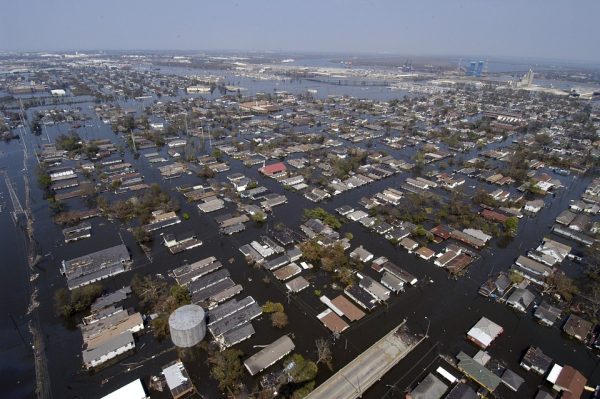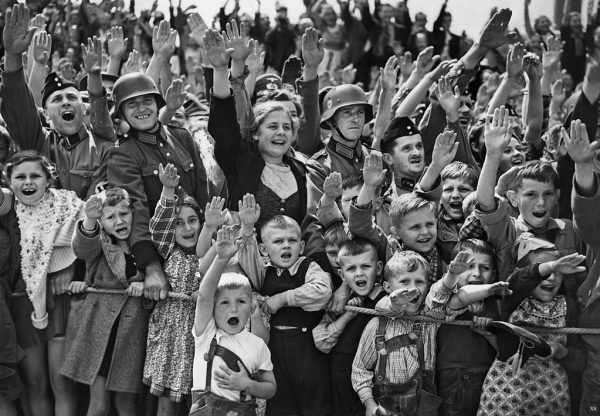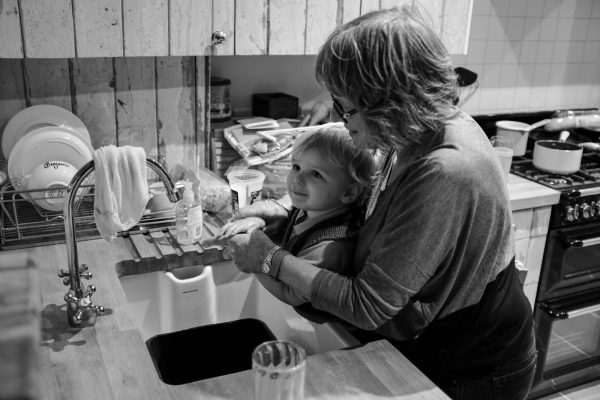
Over 3 million Americans were targets, or victims, of violence in 2018. Yet, only half of the targets of nonlethal violence seek formal medical care. Why do some targets of violence avoid medical care? Keith L. Hullenaar and Michelle Frisco studied how adults make healthcare decisions after suffering injuries in violent incidents.
Using the National Crime Victimization Survey from the past 20 years, the researchers identify three “situational factors” that influence a person’s decision to receive medical care. They find a victim is less likely to seek medical care if they have previously experienced violence, know the person who injured them, or if the incident was sexually violent. In these instances, the target of violence may feel safer avoiding medical care altogether. Unfortunately this holds true even after controlling for race, gender, income, and healthcare coverage, when the individual has serious injuries.
The decision to seek medical care is not neutral or obvious in the face of injury but contextualized within relationships, risks, and consequences. While social connections are necessary for wellbeing, negative or abusive relationships can actively harm health. As this research demonstrates, “social relationships can have a dark side for health and health care use.” By understanding the social factors that can limit access to care, healthcare professionals can mitigate these risks and create better care conditions for targets of violence.








